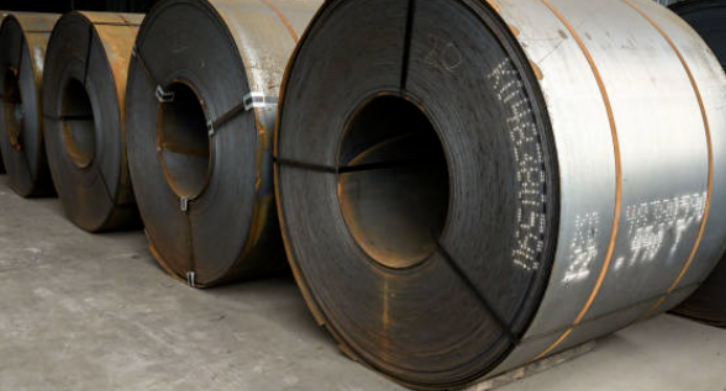
Posted on Wednesday, November 27, 2024
Steel coil is an essential raw material for many industries, including construction, automotive, and manufacturing. As demand in the United States often exceeds domestic supply, importing steel coils has become a critical aspect of supply chain management for businesses. This blog provides a comprehensive guide to importing steel coil into the U.S., covering costs, tariffs, delivery considerations, what to look for in the material, and answers to common questions.
Steel coils are the backbone of many industrial applications. With the right quality and specifications, they enable businesses to meet production goals efficiently. However, importing steel comes with its challenges—ranging from compliance with tariffs to ensuring timely delivery. This guide will help you navigate the process, avoid pitfalls, and optimize your steel coil import strategy.
The cost of importing steel coils varies depending on several factors. Here's a breakdown:
Navigating U.S. trade regulations is crucial to ensure compliance and cost management.
Implemented to protect domestic steel production, this tariff imposes a 25% duty on most steel imports. However, some countries have exemptions or reduced rates under specific agreements.
Steel coil delivery involves careful coordination of logistics to minimize costs and delays.
Ensuring the quality of imported steel coils is critical for their intended application. Here's what to check:
Importing steel coils isn’t without its hurdles. Here’s how to tackle them:
Q: What are the best countries to import steel coils from?
A: China, India, South Korea, and Turkey are major exporters. While these countries often offer competitive prices, tariffs and trade agreements may influence your decision.
Q: How can I ensure the quality of imported steel coils?
A: Request certifications, technical specifications, and samples from your supplier. Conduct third-party inspections if needed.
Q: What documents are required for customs clearance?
A: You’ll need:
Q: How much do tariffs add to the cost of steel coil imports?
A: Section 232 tariffs impose a 25% duty on most steel imports. Additional duties may apply if anti-dumping laws are triggered.
Q: Can I reduce shipping costs for steel coils?
A: Shipping costs can be reduced by:
Importing steel coils into the United States requires careful planning, thorough documentation, and a deep understanding of tariffs and logistics. By addressing these factors, you can reduce costs, avoid delays, and ensure that your imported steel meets the necessary quality standards.
For businesses reliant on steel coils, having a reliable import strategy is essential for maintaining production timelines and staying competitive. By working with trusted suppliers and logistics partners, you can streamline the import process and focus on delivering high-quality products to your customers.

Understanding Coil IDs, Mandrel Sizing, and Shear Pin Safety in Uncoilers
Posted on Wednesday, October 1, 2025
Mismatched sizes can lead to machine damage, downtime, and safety hazards — often evidenced by a shear pin failure.

How Coil Tensile Strength Affects Roll Forming and How to Adjust Your Machine
Posted on Wednesday, October 1, 2025
Changes in tensile strength can significantly affect the finished profile, causing misaligned bends, uneven edges, and out-of-spec parts.

Why Paint Cracks on an Embossing Line Running Pre-Painted Coil and How to Prevent It
Posted on Wednesday, October 1, 2025
This issue not only affects the visual quality of the product but can also lead to increased scrap rates and customer complaints.

The Most Popular Standing Seam Metal Roof Panels in the U.S. — A Comprehensive Guide
Posted on Monday, September 29, 2025
In this post, we’ll explore what panel styles and sizes are most popular in the U.S